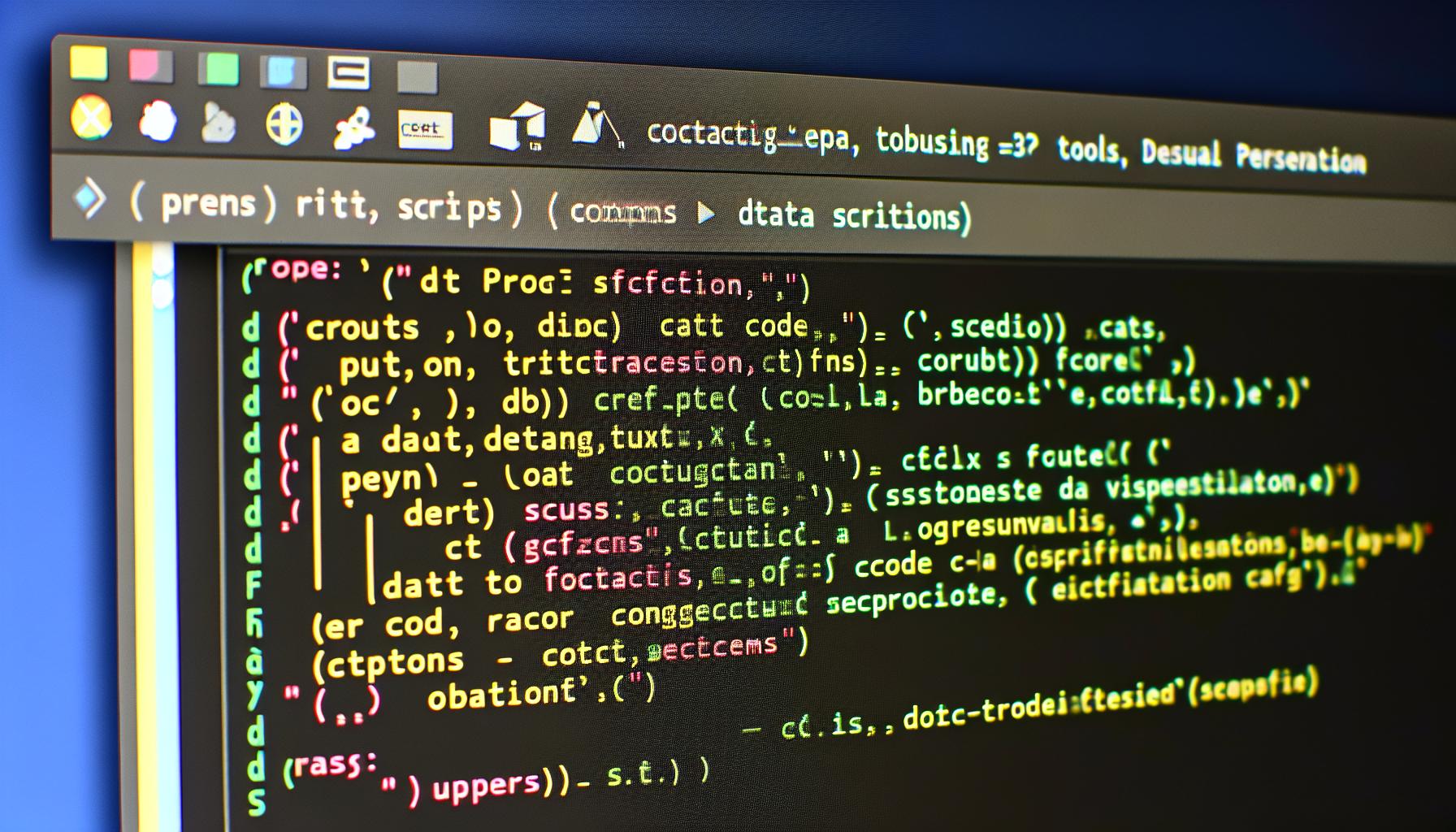2 min read
Mastering Python OOP for Data Visualization
Data analysis and visualization are essential processes in extracting insights from data. In this section, we will explore various techniques and...
3 min read
![]() The Amazing Team at Skills Data Analytics
:
Mar 19, 2024 10:56:05 AM
The Amazing Team at Skills Data Analytics
:
Mar 19, 2024 10:56:05 AM
Data visualization is a powerful method for transforming intricate data sets into clear, precise, and actionable insights that influence decision-making and strategy formulation. Irrespective of your role—be it a data analyst, marketer, or a leader in business—the mastery of data visualization equips you with the capability to convey your discoveries effectively, captivating your audience with visually engaging presentations. In this exploration, we embark on a journey through the vital techniques to master data visualization, aiming to craft visual narratives that communicate your insights in a manner that's both comprehensible and compelling.
Your choice of visualization should be driven by:
For instance, bar charts excel in comparing discrete categories or values, line charts unveil trends and patterns over time, scatter plots illuminate relationships between two variables, and heatmaps effectively display large matrices of data, spotlighting patterns and clusters.
Opting for a visualization type that best aligns with your message enhances your audience's understanding and interpretation of the data.
Mastering the design of clear and engaging visualizations is key to captivating your audience and successfully transmitting information.
Structure your visualization to logically navigate the audience through your story, utilizing visual cues such as color, size, and position to spotlight critical points and draw attention to key insights. Annotations, callouts, and captions are invaluable for providing context and elucidating complex concepts and trends.
Effective storytelling with your data engages your audience, sparking action and influencing decision-making.
FAQs
Identify the nature of your data and the insights you want to share. Consider whether your data is categorical, time-based, relational, or part of a large dataset, and choose a visualization type like bar charts for comparisons, line charts for trends, scatter plots for relationships, or heatmaps for patterns.
Use a consistent color palette and visual style that aligns with your brand, ensure readability through contrast and accessible design, and enrich your charts with labels, annotations, and legends to provide context and highlight key insights.
A compelling data story clearly outlines the main insights and desired actions for the audience, structured around a narrative arc that logically guides them through the data. Utilize visual elements like color, size, and position to emphasize important points, and use annotations for context.
Engage in a cycle of experimentation, feedback, and refinement. Solicit feedback from stakeholders, experiment with different designs and formats, and use A/B testing. Iteratively refine your visualizations based on this feedback to enhance clarity, effectiveness, and impact.

2 min read
Data analysis and visualization are essential processes in extracting insights from data. In this section, we will explore various techniques and...

2 min read
Data visualization plays a crucial role in data analytics by transforming complex data sets into visual representations that are easy to understand...

3 min read
Data visualization is a powerful technique for transforming raw data into actionable insights and compelling narratives through visual...